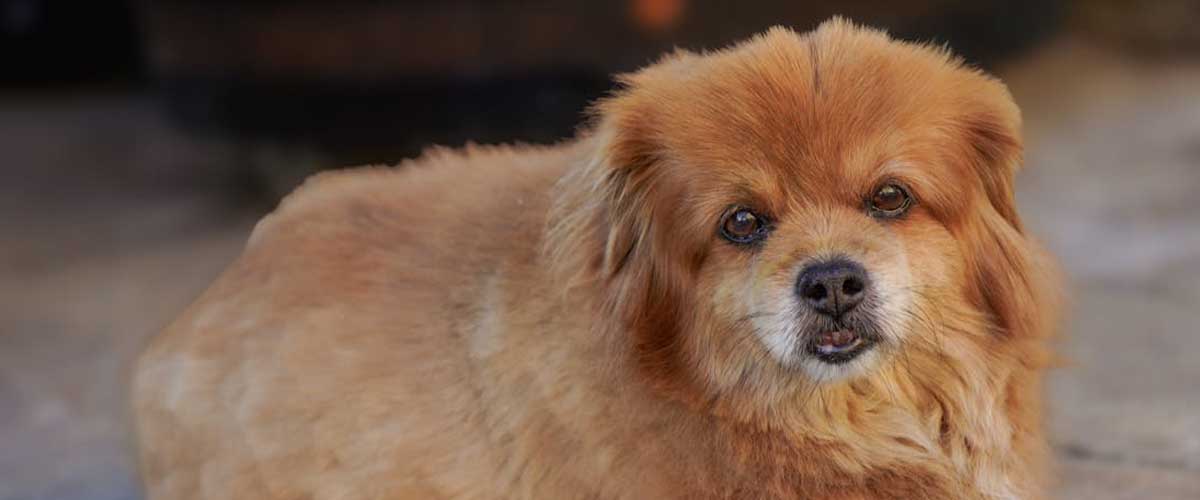Dogs have been humanity’s faithful companions for thousands of years, serving various roles from hunters and herders to family pets.
As both humans and dogs have traveled across continents, cultural differences have influenced not only how we train and interact with our canine companions but also how specific dog breeds exhibit behaviors and develop personalities.
The Influence of Culture on Dog Training
One significant factor shaping canine behavior is the training style prevalent in different cultures.
For instance, in many Western countries, positive reinforcement techniques—rewarding desirable behaviors—are widely adopted.
This approach often results in dogs that are eager to learn and responsive to their owners.
Conversely, some cultures might emphasize more traditional training methods, which can include corrections or negative reinforcement.
This may lead to a different set of behavioral traits, such as increased anxiety or resistance, especially in breeds that are sensitive to human emotional states.
In countries like Japan, there is a strong cultural emphasis on the aesthetic and social integration of pets into family life.
This has led to the popularity of smaller breeds, such as the Shiba Inu, which are often raised with a focus on companionship.
As a result, these breeds may display behavior that is more attuned to being social and polite, reflecting the cultural values of harmony and respect.
Differences in Dog Breeds and Their Cultural Purpose
Different breeds were developed with specific purposes in mind, often in response to the cultural and environmental contexts in which they were bred.
For example, herding breeds like the Border Collie were developed in rural settings where they were valued for their intelligence and work ethic.
In contrast, breeds like the Chihuahua flourished in urban areas, developing a personality that often reflects the companion role sought by city dwellers.
The values placed on certain traits can significantly influence how these breeds behave in social situations.
For instance, a Golden Retriever bred in a family-oriented environment may display a friendly, obedient demeanor, reinforcing its reputation as a perfect family pet.
In contrast, the same breed raised in a more competitive setting might show heightened excitement or anxiety due to stress and high expectations.
Cultural Perceptions and Expectations of Dogs
Cultural perceptions of dogs can significantly impact the behavior and personality traits that are rewarded or discouraged.
In societies where dogs are expected to perform specific roles, failure to meet those expectations can lead to behavioral issues.
For instance, working dogs in agricultural settings may be trained to be more independent and assertive compared to companion breeds, which might be expected to show more deference to their owners.
Moreover, the stigma or admiration attached to particular breeds can also influence their behavior.
In some cultures, specific breeds are seen as status symbols, which might encourage more aggressive or protective behaviors.
The resulting behavior, in turn, could reinforce negative stereotypes and lead to stricter regulations or social exclusion of those breeds, creating a cycle that perpetuates misunderstanding.
Conclusion
Cultural differences undeniably affect the behavior and personality of dog breeds.
The way dogs are trained, the traits that are valued in various societies, and the roles that different breeds play all contribute to the complex interaction between culture and canine behavior.
Understanding these influences can help dog owners foster more harmonious relationships with their pets and appreciate the rich tapestry of canine existence shaped by human culture.
As globalization continues to reshape our interactions, the ways we perceive and train dogs will likely evolve, highlighting the importance of adapting our approaches to cultivate healthier and happier canine companions worldwide.










